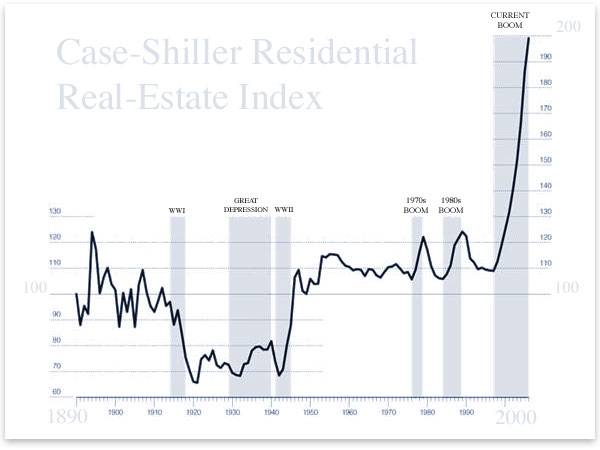Mr. Shaman
Senior Member
- May 4, 2010
- 23,892
- 822
- 48
This is exactly why conservatives loath liberals. Here's an asshat spending his whole life on the fcukking USMessageBoard while me and others work our asses off and end up supporting his lazy leech ass.
Try gettin' self-employed.







